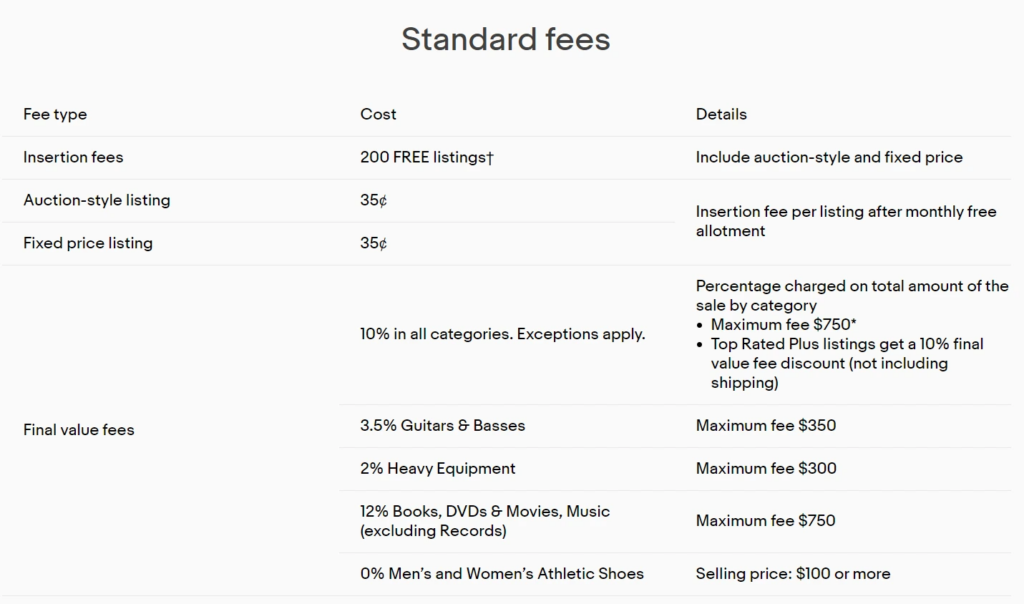Toy Story, the OJ trial, Friends, Seinfeld, The Macarena… does it sound like 1995 in here?
There was a lot going on in this stylishly unstylish year, but perhaps nothing quite like eBay. What began as a hobby-like auction web service would become:
- The darling success story of the 90’s dot com bubble
- The most used internet e-commerce site in the world (at the time – in the early 2000’s)
- An e-marketplace behemoth, acquiring several companies along the way (including PayPal, Skype, and StubHub)
According to ye old internet mythos, one of the first items sold on eBay was a broken laser pointer. At the time, eBay founder Pierre Omidyar was using “AuctionWeb” (eBay’s very sexy birth name) merely as a personal site. A bit bewildered, Pierre contacted the buyer because he wanted to make sure they understood the laser pointer was in fact, broken. The buyer responded, “I’m a collector of broken laser pointers.”
If that doesn’t sum up the spirit of e-commerce, I’m not sure what does.
It’s now been 25 years and much like that old college friend who you’re sort of afraid to contact because you don’t know if they’re still as cool as you remember or living in a box in front of the drug store, I think it’s time to check in on our old friend. Is eBay still a viable e-commerce platform for sellers in 2020? Does it still deserve its place on “.com Mount Rushmore?”
In a world run by Amazon, is there still anyone shouting excitedly from their bedroom,
Why eBay?
eBay differs from Amazon in a few ways, but perhaps nowhere more than in its business model. Where Amazon acts as a direct provider of goods (and in the case of FBA, provider of storage and shipping), eBay operates as an auction house. Sellers list products at a starting price and interested shoppers place bids over the course of a set time period. While there are benefits for sellers to sell on each of these popular platforms (we encourage both), there are a few reasons why some may lean towards eBay:
- Unlike Amazon, eBay needs its sellers for its platform to thrive (and generate revenue). For many, having a more seller-oriented service gives their brand more room to grow. More manageable fees and seller opportunities make eBay an attractive marketplace for sellers looking for more personal attention.
- All’s well that bids well. On eBay, sellers can elect to sell items at a fixed price or create an auction listing. Limited stock and high demand in the marketplace? Auction-style pricing will work wonders for your business.
- Freedom to the seller. Since eBay is geared more towards individual sellers, they allow for a finer degree of control with things like return policies and shipping fees.
As of 2022, there are 159 million active users and over 19 million sellers have accounts on eBay.
Whether you are looking to start your own online business or simply expand your Amazon business into open fields, eBay is a great place to start.
Worried that eBay is only for people selling used products? Perhaps in the past – but today, around 80% of the items sold on eBay are new.
What Sells on eBay?
Sellers like using eBay as a platform for their business – but what is selling on eBay in 2022? Well, as you all know, this year has been a bit… different than years previous.
Normally, these are the products that sell best on Ebay:
- Mobile phone cases & accessories – With new technology rotating into and out of consumers’ hands every single year, you bet there is opportunity in the mobile accessories market.
- Video Games – Between used relics and premium a.k.a. unopened gems, eBay is the promised land for game sellers.
- Health & Beauty – Skincare, hair products, supplements, etc.
- Home & Garden – Repurposed garden supplies, furniture, or even handmade products make this a popular (and successful) product category on eBay.
- Crafts – This includes natural gemstones, scrapbook materials, and custom-made jewelry supplies.
But these aren’t normal times. Due to the COVID-19 pandemic and resulting quarantine for most of the world, life indoors has given birth to a spike in demand for select online products:
- Masks
- Sanitizer
- Puzzles and games
- Webcams
- At-home strength and cardio equipment
- Home office accessories (Laptop stands, desk chargers, etc.)
Resources For Selling on eBay
If you’ve already been selling on Amazon, the good news is that you already have a good handle on the ingredients for a successful e-commerce brand. While eBay differs in several ways from the Amazon marketplace, there are certain aspects of selling on eBay that will look awfully familiar.
- Product Listing Best Practices (frontloading titles with relevant keywords, unique descriptions, high-quality photos, competitive price, etc.)
- Custom shipping options
- Fees associated with selling

How to Create an eBay Seller Account
- Visit ebay.com
- Click Register

- Click “Create a business account” (this is for those selling regular and larger quantities of items. For those casually selling unwanted items, you may simply create a normal eBay account and start selling.
This will take you to the business registration page where you will input your business name, email, phone, and password

You will be prompted to create a username (you can change this later). Click save and continue
Don’t forget to verify the PIN eBay sends you over text.
- Next input your business type and the estimated value of inventory

- It’s time to set up your payment method (Paypal, checking account or debit/credit card) Make sure you have your account/routing numbers on hand.

- Do a little dance
Creating your listing
When you are creating your first product listing on eBay, keep eBay’s four pillars of a successful listings at the front of your mind:
- Descriptive title with keywords
- Accurate item specifics
- Quality photos
- Competitive price
First, type in the name of your product. Ideally, you’ll find the correct category hierarchy that already exists on eBay for it. If not, you can simply leave it at your custom title.

Start with the basics. Product title (and subtitle, for an extra cost), SKU, category, condition, and photos.

Time for some details.
- What is the name of your brand?
- What material is your product?
- What features does it have?
- What department would it be found under?
- How many are in a set?
- What color is it?
Notice – eBay even gives you the number of recent searches matching the criteria that you enter. Don’t be afraid to tinker and tweak.

Selling details – Will you be selling via auction style or fixed price? This is where you will specify the duration of your listing, product quantity, product price, and payment/return options.

Shipping details – Will you ship via a flat rate to all locations or will your shipping costs be calculated depending on how far it’s traveling? How long is your handling time? Who will handle your shipping? What about international shipping? This is also where you will input your product dimensions and weight.

As an online business owner in 2020, control is somewhat of a rare commodity.
It’s easy to get comfortable within the cushy confines of Amazon. It’s familiar – you know the system, you know the rules. But beware: complacency is the enemy of growth.
eBay is poised to serve as your e-commerce right-hand man, especially if you are an arbitrage seller. A seller-oriented platform combined with complete listing ownership (and instant payouts) makes eBay so much more than just that weird, online garage sale from the 90’s.
It’s that weird, online garage sale from the 90’s with over $10 billion in revenue and 25 million sellers strong.






























